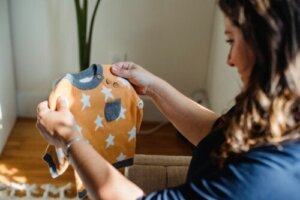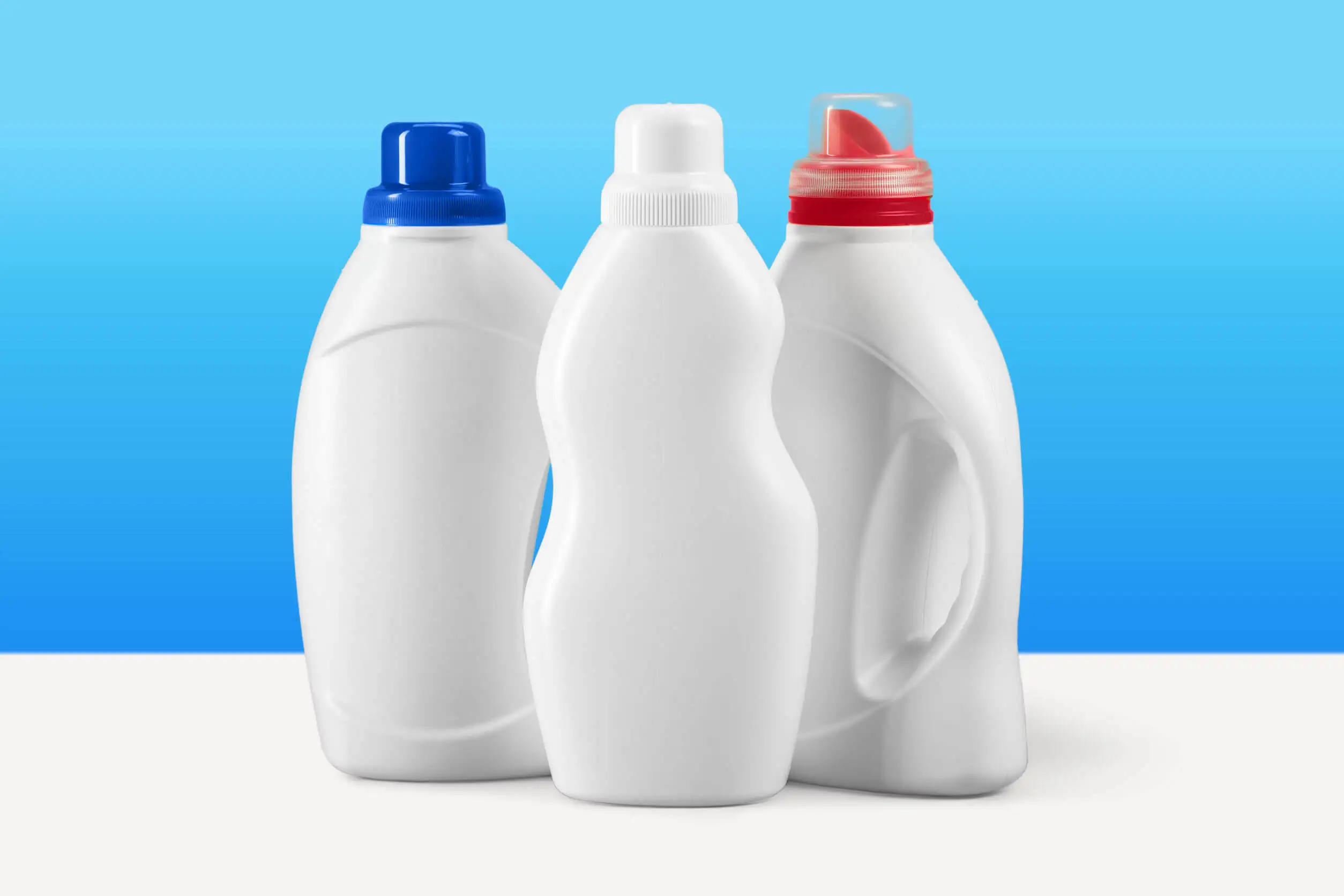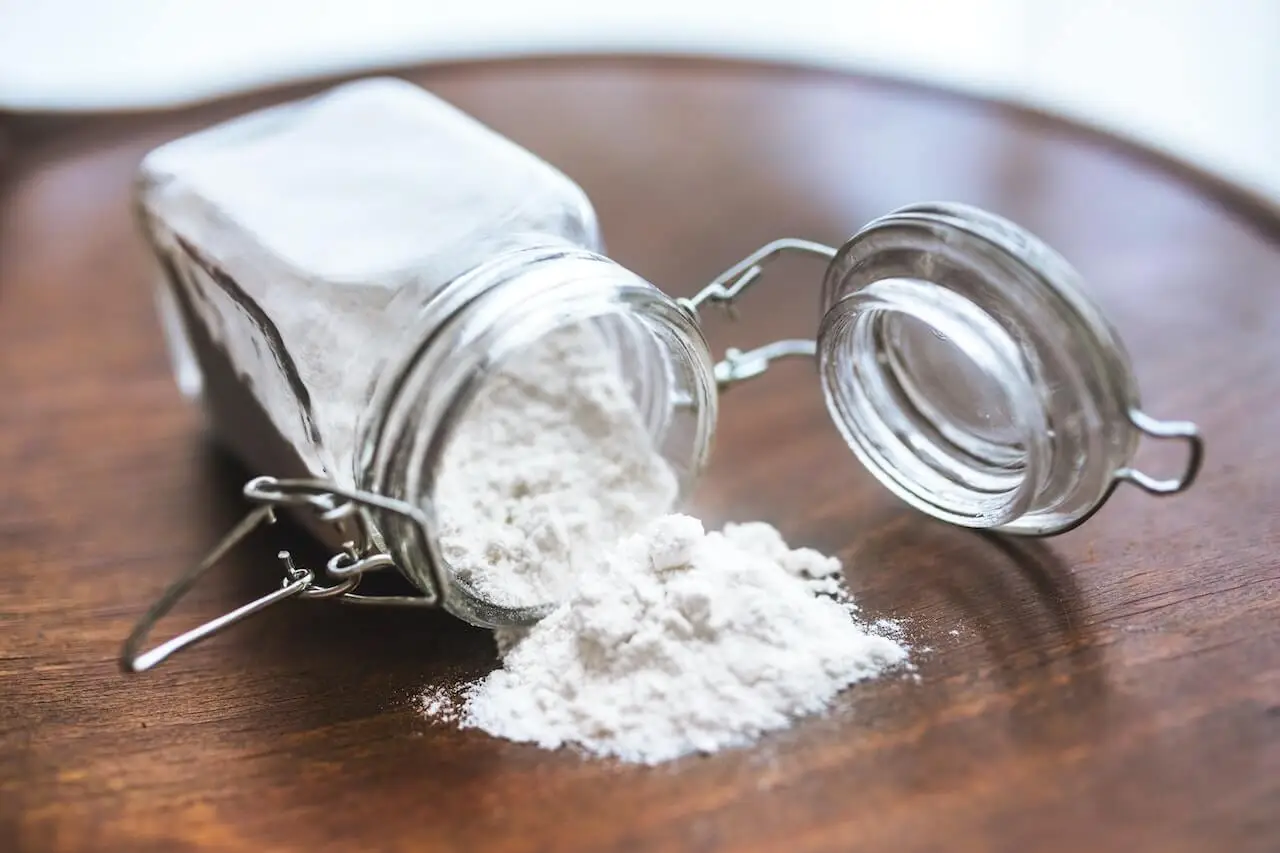Learn How to Wash a Newborn's Clothes to Prevent Skin Irritation


Reviewed and approved by the doctor Leonardo Biolatto
As a new mom or dad, your greatest desire is to ensure your child’s well-being at all times. During this exciting time, it’s important that you don’t overlook the care of your child’s clothing. By washing a newborn’s clothes properly, you can prevent irritation and lovingly care for their delicate skin.
What soap should you use to wash a newborn’s clothes?
When choosing the soap to wash your newborn’s clothes with, it’s a good idea to choose one that is free of fragrances and dyes and labeled as hypoallergenic or neutral. In addition, it’s important to consider that the pH of a baby’s skin ranges between 6.34 and 7.5. Therefore, when choosing the soap to wash their clothes, we should prefer options that maintain that range. Keep these considerations in mind, especially if your baby suffers from atopic skin.

We think you may also enjoy reading this article: 5 Washing Machine Tricks that Work and 5 that Don’t
6 tips for washing a newborn’s clothes
Now that you know how delicate a newborn’s skin is, it’s time to give you some recommendations that will help you wash their clothes safely and properly. Take note!
1. Separate your baby’s clothes from those of the rest of the family’s
Before washing your newborn’s clothes, it’s advisable to separate them from those of the other members of the family. This way, you will avoid cross-contamination with germs and exposure to irritants.
2. Should you wash by hand or in the washing machine?
Both options are valid!
If you choose to use a washing machine, it’s important to set it on a gentle spin cycle and add an extra rinse. This way, you will avoid detergent residue. If you are afraid that using the machine may mistreat your child’s clothes, you could buy cloth bags or hairnets to protect them.
Hand washing, on the other hand, guarantees better care for lace, wool, or embroidered garments. In case you decide to wash your baby’s clothes by hand, rinse repeatedly to remove all the soap from the fibers.
3. Use only the recommended dosage of detergent
It’s essential to follow the instructions on the detergent bottle and use only the recommended amount. Adding too much will not make the clothes cleaner, but will cause irritation to your baby’s skin, as detailed by experts at the Cleveland Clinic.
4. Never use bleach
Baby clothes often get stained from urine, vomit, or feces frequently. Removing these stains can be a challenge for any mom or dad.
However, be aware that the use of bleaches and stain removers isn’t recommended. These commercial preparations contain harsh chemicals that can cause allergies.
It’s best to act quickly in case of stains: remove the garment and let it soak before washing.
5. Avoid fabric softeners
Although fabric softener can make baby’s clothes feel nicer to the touch, it’s not recommended to use it. Remember that fabric softeners contain perfumes, which can cause irritation to a baby’s delicate skin. In addition, even if the softeners are rinsed in the last wash cycle, they sometimes deposit residues on the fibers of the clothes.
6. Use lukewarm water
It isn’t necessary to wash your newborn’s clothes in hot water.
Just use lukewarm water to remove dirt and germs. Keep in mind that the ideal temperature is between 30 and 40°C.
How to deal with stubborn stains on a newborn’s clothes
If your baby’s clothes get stained, try to soak them for 1 hour to prevent the substances from soaking into the fabric. Then, according to the origin of the stain, follow these recommendations:
- For vomit stains, you can soak the garment in water with a tablespoon of vinegar or baking soda before washing. This will also help eliminate the odor.
- If it’s a feces stain, rub the affected area with bar soap on a hard surface before washing the garment.
With these tricks you can keep your baby’s clothes clean and in good condition!

Other things to keep in mind when washing a newborn’s clothes
Washing newborn clothes is a task that requires attention and care. In addition to selecting a good detergent, you will need to consider the following:
- Wash white clothes separately and avoid mixing dark and light colors. This will prevent dyeing accidents.
- Before the first use, wash the clothes. This way, you will eliminate any substance that may irritate your baby’s skin and provide safety.
- In case your child’s clothes have a themed sticker, wash them inside out so as not to damage the print or design.
- Avoid washing your newborn’s clothes together with blankets or towels. These should always be cleaned every two uses and separately.
On the other hand, once you have finished washing your baby’s clothes, it’s essential that you dry them to avoid bad odors. You can use a dryer or hang the clothes outdoors, depending on your preference.
If you want to iron the clothes, be sure to check the label. Use a low temperature to avoid damaging the fabrics.
Like this article? You may also like to read: Avoid These 5 Mistakes When Washing Down Jackets to Avoid Ruining Them
Take loving care of your baby and his or her clothes
Learning how to wash your newborn’s clothes properly is essential to protect his or her delicate skin. Remember that every care and precaution you take will contribute to the comfort and well-being of the new member of the family.
All cited sources were thoroughly reviewed by our team to ensure their quality, reliability, currency, and validity. The bibliography of this article was considered reliable and of academic or scientific accuracy.
- Cleveland Clinic. (16 de marzo de 2021). Is Laundry Detergent Causing Your Child’s Skin Rash?. https://health.clevelandclinic.org/is-laundry-detergent-causing-your-childs-skin-rash/
- Luque, A. (2007). Cuidados generales de la piel del bebé: características de los productos más idóneos. Offarm: farmacia y sociedad, 26(5), 58-60. https://www.elsevier.es/es-revista-offarm-4-articulo-cuidados-generales-piel-del-bebe-13102415
- Oranges, T., Dini, V., & Romanelli, M. (2015). Skin Physiology of the Neonate and Infant: Clinical Implications. Advances in wound care, 4(10), 587–595. https://doi.org/10.1089/wound.2015.0642
This text is provided for informational purposes only and does not replace consultation with a professional. If in doubt, consult your specialist.








